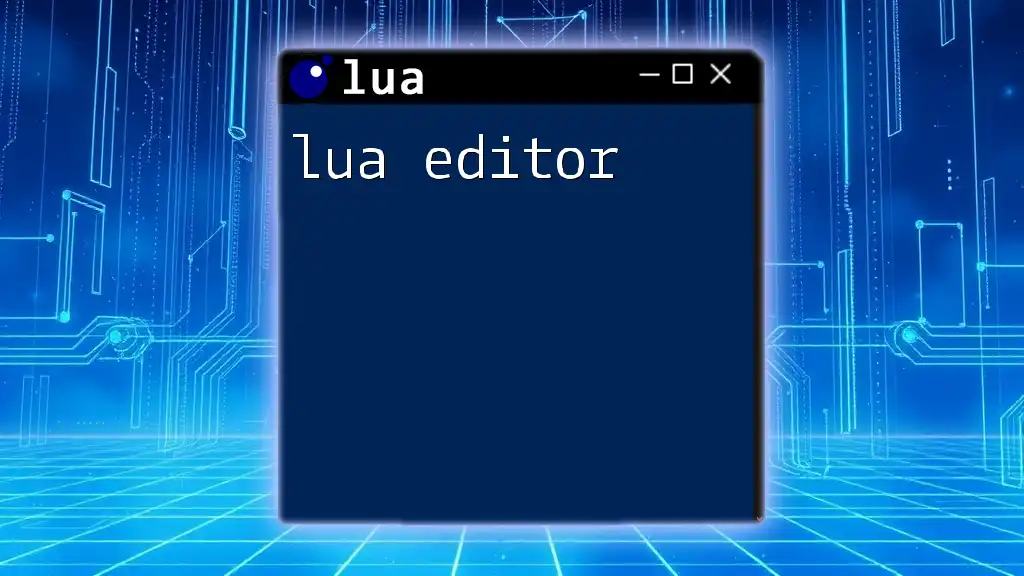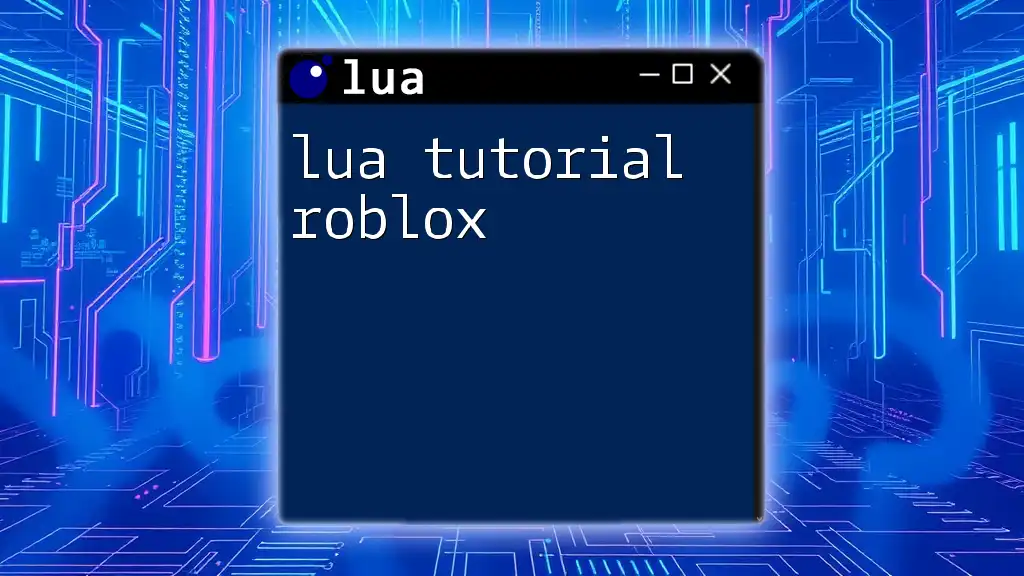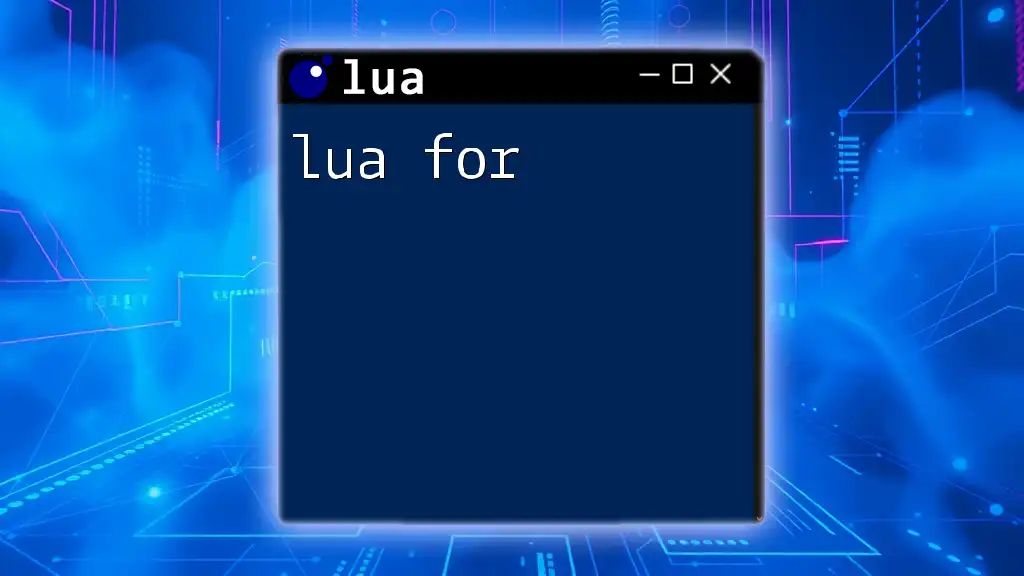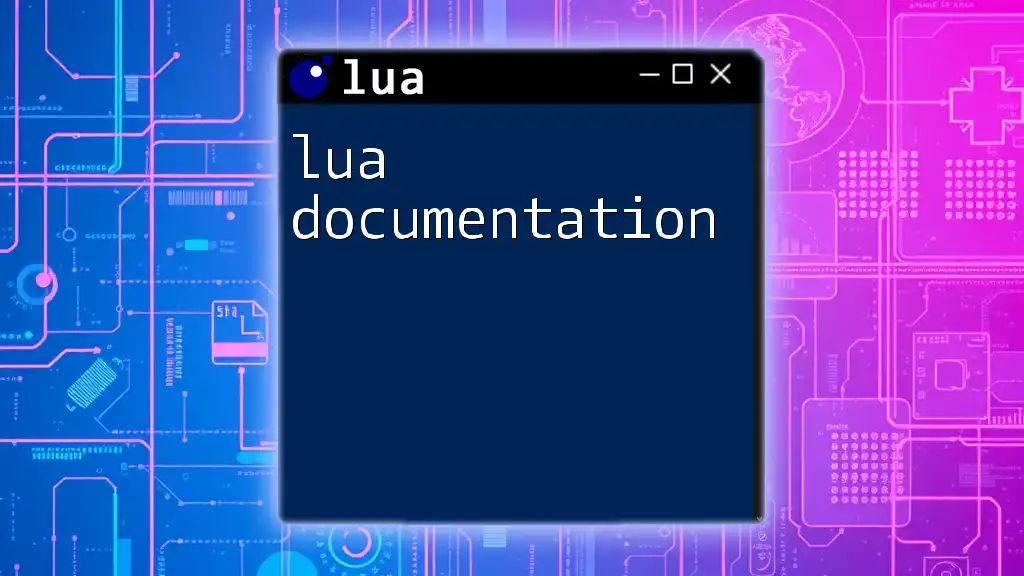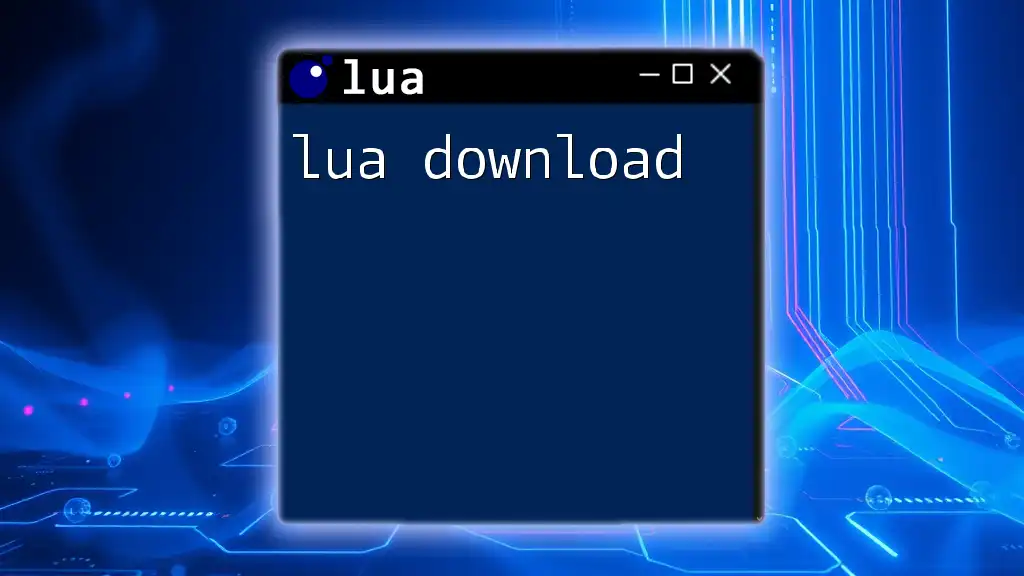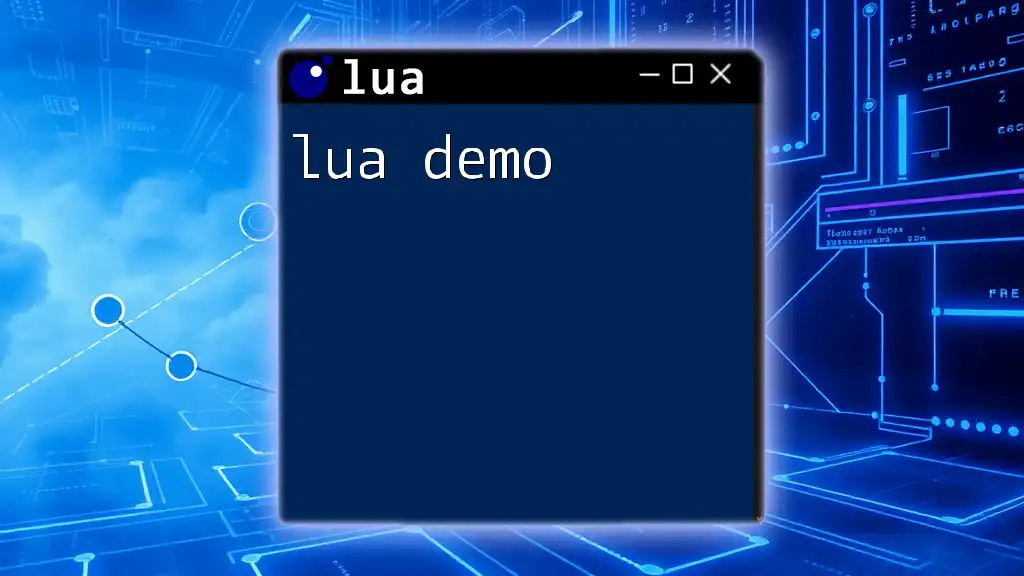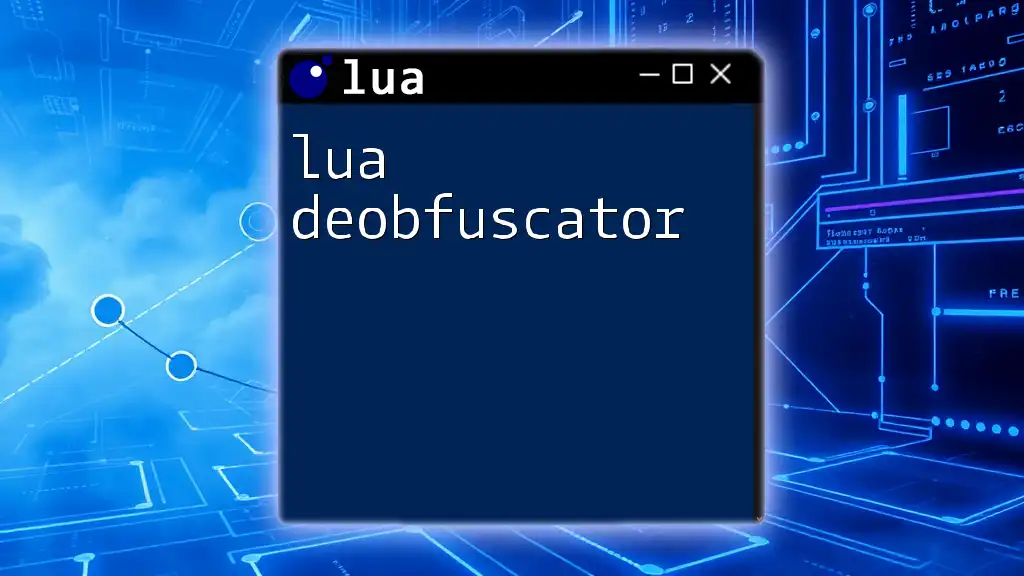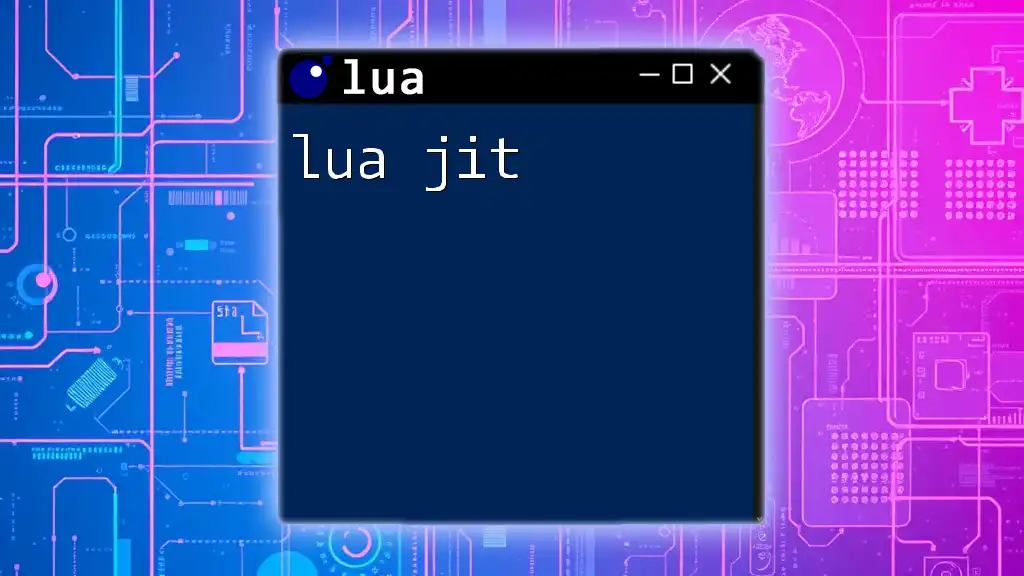A Lua editor is a specialized software tool that allows users to write, edit, and execute Lua scripts efficiently, often featuring syntax highlighting and debugging tools to enhance the coding experience.
print("Hello, World!") -- This command prints 'Hello, World!' to the console
Understanding Lua File Editors
A Lua file editor is a specialized text editor designed for writing and editing Lua scripts. While any text editor can be used for Lua coding, a dedicated Lua editor provides essential features that enhance coding efficiency and reduce errors. The primary benefits of using a Lua file editor include syntax highlighting, autocompletion, and debugging tools that support developers in writing clean and effective code.
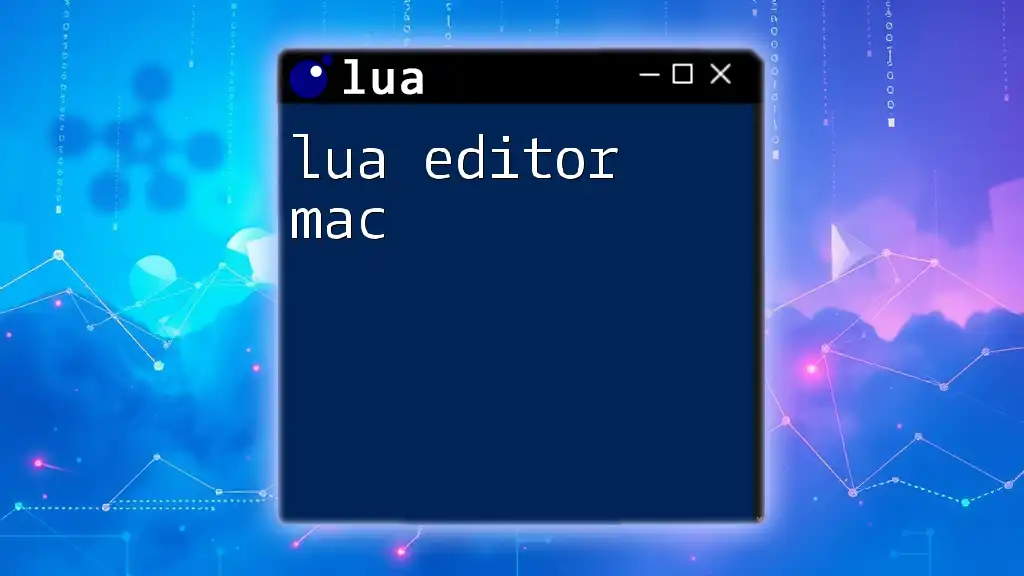
Choosing the Right Lua Editor
Selecting the right Lua editor is crucial for streamlining your development process. Here are several key considerations to take into account:
Considerations for Selecting a Lua Editor
User Interface and Usability: A clean and intuitive interface can significantly improve your coding experience. Look for editors that allow for easy navigation and quick access to features.
Supported Features: Identify what features are most important for your workflow. Many Lua editors offer:
- Syntax Highlighting: Makes code easier to read and understand.
- Autocomplete: Suggests code completions, helping to reduce typos and streamline development.
- Debugging Tools: Provides a way to step through code and identify errors.
Community and Support: A large community around an editor can offer valuable resources, plugins, and support forums. Editors with a robust community often provide regular updates and improvements.
Popular Lua Editors
There are several editors that are widely used in the Lua community. Here are a few popular choices along with their features:
-
ZeroBrane Studio
- Overview: A lightweight IDE specifically tailored for Lua.
- Key Features: Built-in debugger, code profiling, syntax highlighting, and comprehensive documentation support.
- Example Code and Features in Action:
function greet(name) print("Hello, " .. name) end greet("World")
-
Notepad++
- Overview: A versatile text editor favored for its simplicity.
- Useful Plugins for Lua: Using plugins like NppExec can enhance functionality for Lua scripting.
- Example Snippet with Lua Syntax Highlighting:
local numbers = {1, 2, 3} for i, v in ipairs(numbers) do print(i, v) end
-
Visual Studio Code
- Overview: A powerful code editor with support for many programming languages, including Lua.
- Installing Lua Extensions: Extensions such as "Lua Language Server" provide excellent support for syntax highlighting and code completion.
- Example Setup with Code Snippets:
local function add(a, b) return a + b end print(add(5, 10))
-
Sublime Text
- Overview: A sophisticated text editor that provides a distraction-free coding experience.
- Configuring Lua Packages: Packages like “Lua Dev” enhance the Lua coding experience by adding features and shortcuts.
- Example Customizations:
local function multiply(a, b) return a * b end print(multiply(3, 4))
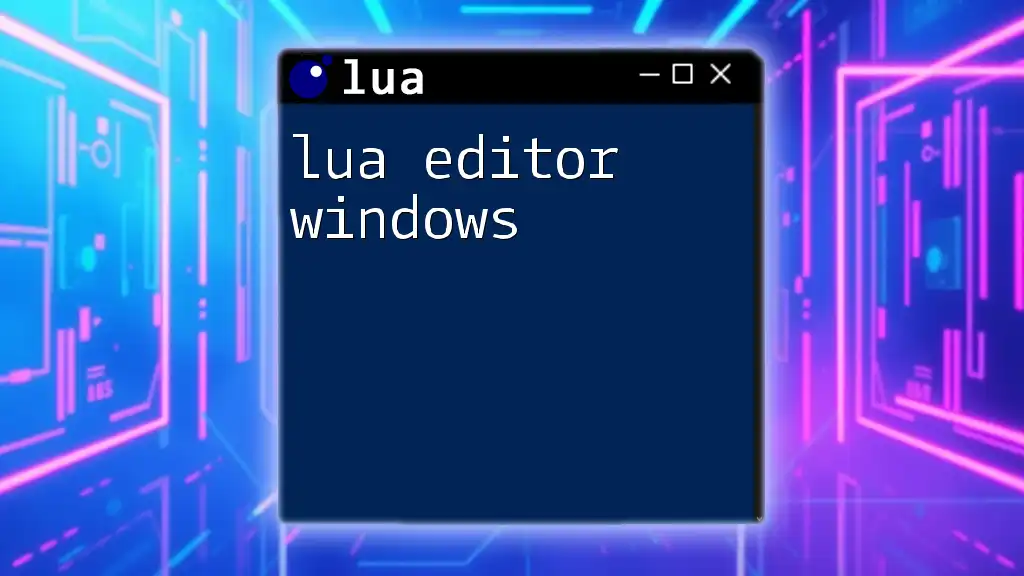
Setting Up Your Lua Editor
Installation Process
Setting up your Lua editor is the first step to writing effective Lua scripts. The installation process can vary based on the editor you choose. For example, installing ZeroBrane Studio involves downloading the package, extracting it, and opening it to get started. Always refer to the official documentation for step-by-step guidance tailored to the editor.
Configuration for Optimal Use
Once your editor is installed, you should configure it for your specific needs. Adjust preferences such as text formatting, indentation levels, and shortcut keys. Enabling features like syntax highlighting and installing relevant plugins will enhance your coding experience. For instance, enabling automatic indentation will make your code cleaner and more readable:
function main()
print("Welcome to Lua!")
end
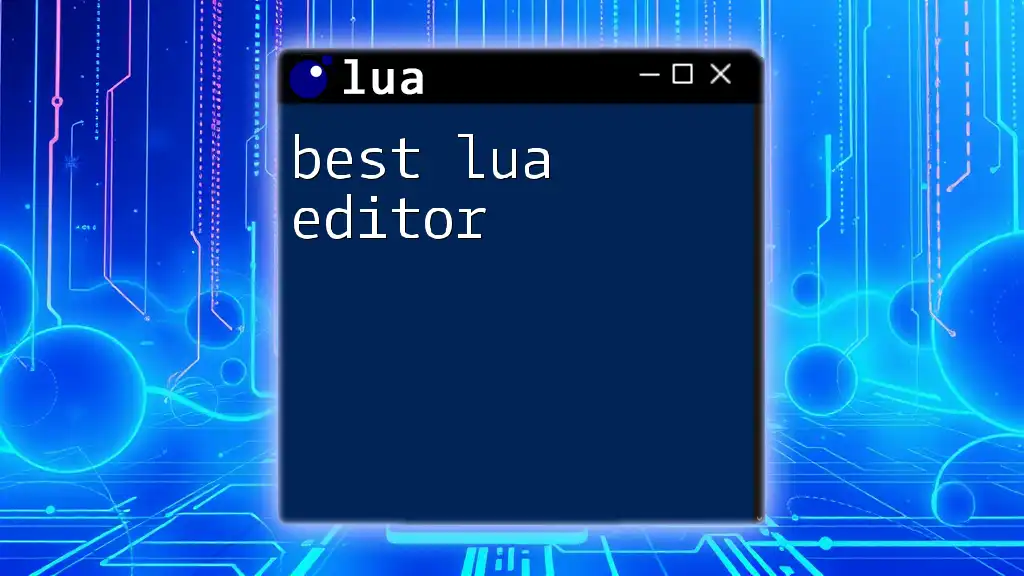
Essential Features of a Lua Editor
Syntax Highlighting
Syntax highlighting is a fundamental feature of any Lua editor. It visually distinguishes code elements such as variables, functions, and keywords, greatly enhancing readability. For example, in a Lua script, you might see function names in one color and keywords in another, allowing you to quickly identify parts of your code.
Autocomplete and IntelliSense
Autocomplete is a game-changer for Lua developers. It suggests completions for functions, variables, and other syntax as you type, reducing the risk of typographical errors. Below is an example illustrating how IntelliSense can suggest functions when you start typing:
math.
-- Typing 'math.' might suggest: abs, ceil, floor, etc.
Debugging Tools
Debugging is an integral part of the coding process. Many Lua editors come equipped with powerful debugging features, allowing you to set breakpoints, inspect variables, and step through code. This capability is vital for identifying and fixing bugs efficiently. A classic example involves inspecting a variable during runtime:
local counter = 0
for i = 1, 5 do
counter = counter + i
-- Set a breakpoint here to inspect the value of counter
end
print("Final Count: ", counter)
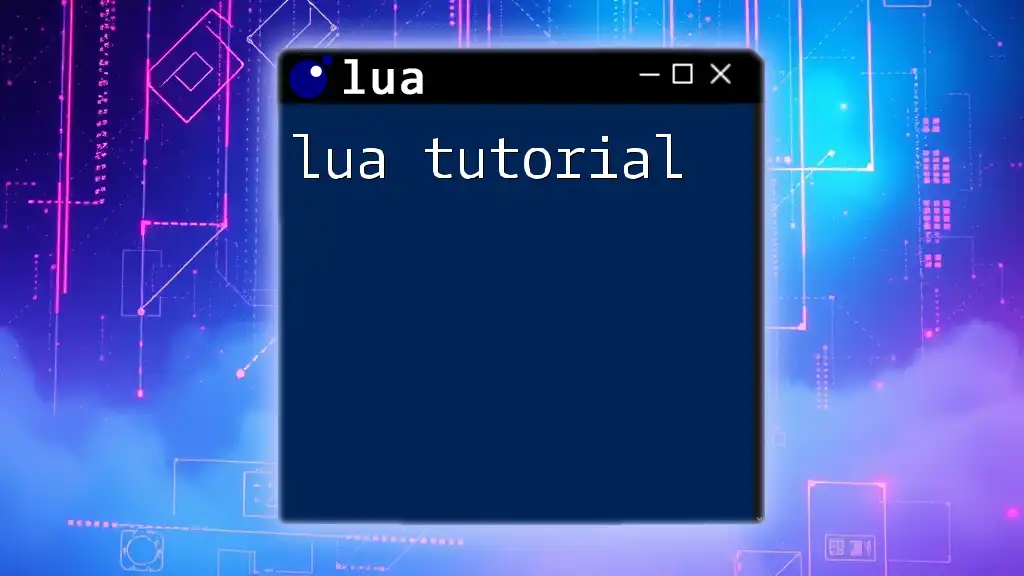
Tips for Writing Efficient Lua Code Using Editors
Code Organization and Structure
Maintaining a well-organized file structure will save you time and confusion in the long run. Use folders to separate different projects and keep related Lua scripts grouped together. A standard structure could look like this:
/MyLuaProject
/src
main.lua
utils.lua
/lib
/tests
Utilizing Version Control
Incorporating version control such as Git into your Lua development process is essential for managing changes and collaborating with others. This allows you to track code changes over time and facilitates easy rollback if necessary. Set up Git within your Lua editor to streamline your workflow.
Leveraging Community Resources
The Lua community is rich with libraries and frameworks that can enhance your projects. Explore repositories on platforms like GitHub to find popular Lua libraries. When integrating a library, always read the documentation to understand how to best utilize its features in conjunction with your Lua editor.
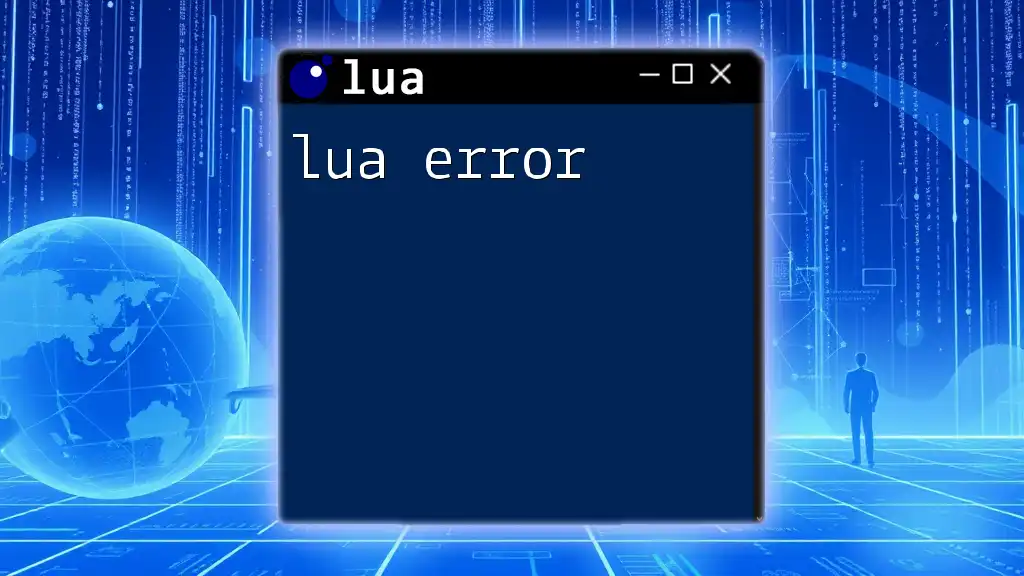
Common Challenges and How to Overcome Them
Troubleshooting Lua Code in a File Editor
Encountering errors is part of the coding journey. Recognizing common error messages will help you troubleshoot more efficiently. A frequent issue is the “attempt to index a nil value” error, which can occur if you are trying to access a variable that hasn't been properly initialized. Debugging sessions allow you to track down the source of such errors effectively.
Performance Optimization Tips
For optimized performance in your Lua scripts, focus on efficient coding practices. Avoid unnecessary computations within loops, and utilize local variables when possible. For example, using local variables can speed up your code execution:
local sum = 0
for i = 1, 100 do
sum = sum + i
end
print("Sum:", sum)
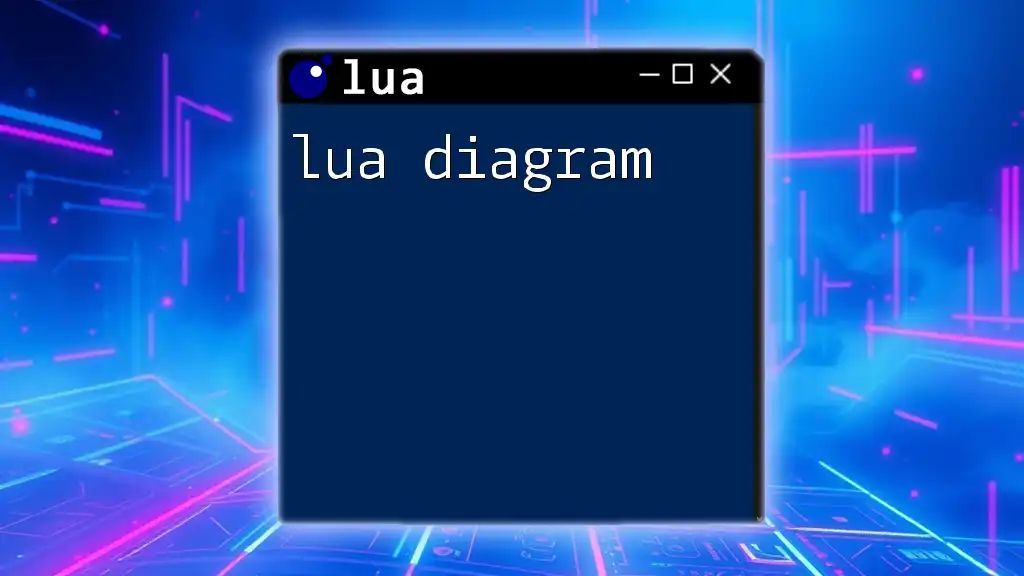
Conclusion
Choosing the right Lua editor is crucial for enhancing productivity and improving code quality. Make the most of the tools and features available to you, and don't hesitate to explore different editors to find the one that best suits your workflow. By understanding the capabilities of a Lua editor, you empower yourself to write better Lua code. Experiment with settings, explore community resources, and continually strive to improve your skills.
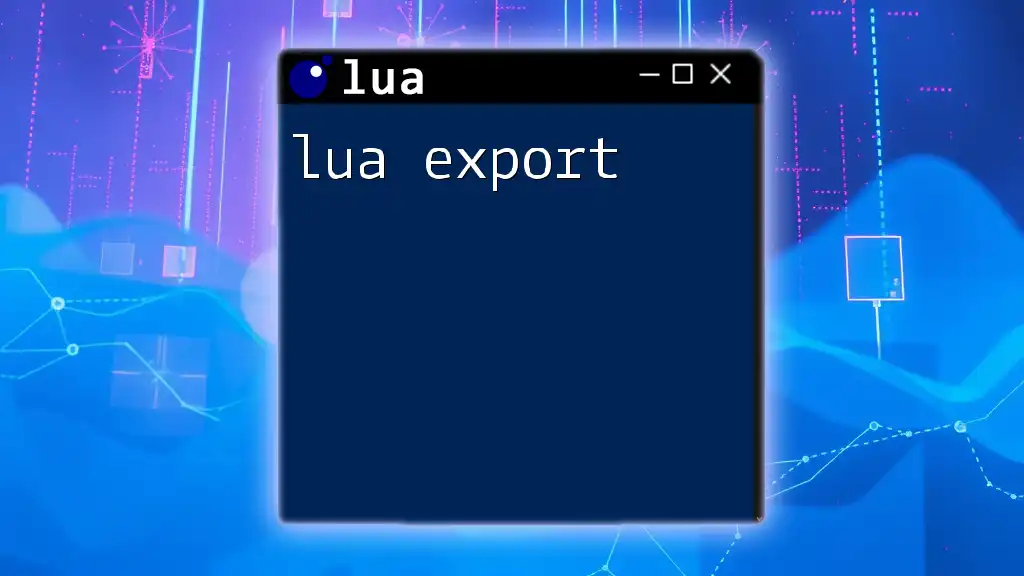
Additional Resources
For further learning, consider diving into the official Lua documentation and joining community forums to engage with fellow Lua developers. Exploring advanced Lua programming techniques can also provide new insights and enhance your coding capabilities further.

